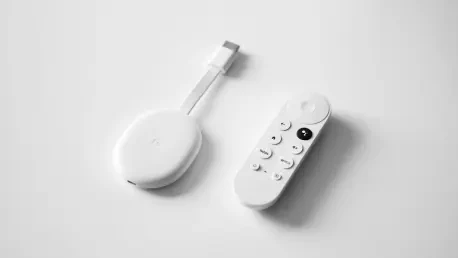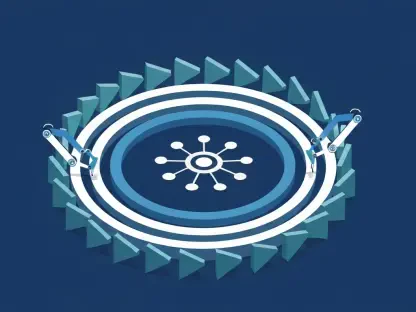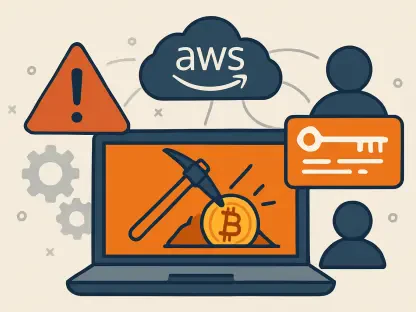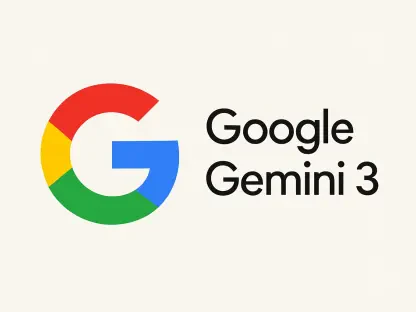In the world of smart televisions, change is constant as technology companies strive to deliver more refined experiences for consumers. Google has taken a notable step by shifting to a two-year update cycle for Google TV, realigning priorities for its widely-used Android OS. This decision comes ahead of its official announcement during the I/O developer conference. Traditionally, TVs from well-known brands such as Sony, Philips, TCL, and Epson rely on the Android OS, which has significantly influenced the trajectory of smart TV technology. Google’s move departs from the industry standard set by rivals like Apple, known for rapid updates due to their integrated ecosystem. By allowing more time between updates, Google aims to enhance compatibility and stability across the diverse range of manufacturers that utilize Android OS.
Strategic Decision-Making in Software Update Cycles
The reasoning behind Google’s strategic pivot lies in its attempt to address fragmented software landscapes and the associated challenges developers face. Historically, frequent and inconsistent updates led to problems with fragmentation in the Android ecosystem, complicating app support and development. With this new cycle, Google anticipates fewer but more substantial updates, packed with features and improved reliability. Android 16, set for release under this new timeline, is expected to bring significant upgrades aimed at enhancing device functionality, like memory optimizations and advanced AI interactions through Gemini AI. Google’s approach acknowledges the longer lifespan TVs enjoy in comparison to the relatively short-lived cycle of smartphones, providing the opportunity to refine features without the urgency seen in mobile device updates.
Looking Forward: Long-Term Implications
Although we lack a fixed release date for Android 16, this shift signifies a broader movement toward careful software rollouts. Google’s goal is to establish a cohesive update strategy that caters to smart TV users while balancing a wide range of hardware demands. This approach may enhance the user experience, ensuring apps and features function effectively across different devices. Nonetheless, the long-term impact of this strategy is yet to be fully understood. Tech enthusiasts and consumers will closely monitor whether a slower, deliberate update cycle can genuinely offer the stability and rich features Google envisions. As Google follows this updated schedule, the true effectiveness of this method in solidifying its presence in the smart TV market will become evident, potentially improving user experience.
In essence, Google’s shift to a two-year update cycle is a strategic move to enrich the Android TV ecosystem. This approach may shape how other tech companies tackle updates, creating a more dependable, interconnected experience for consumers.









